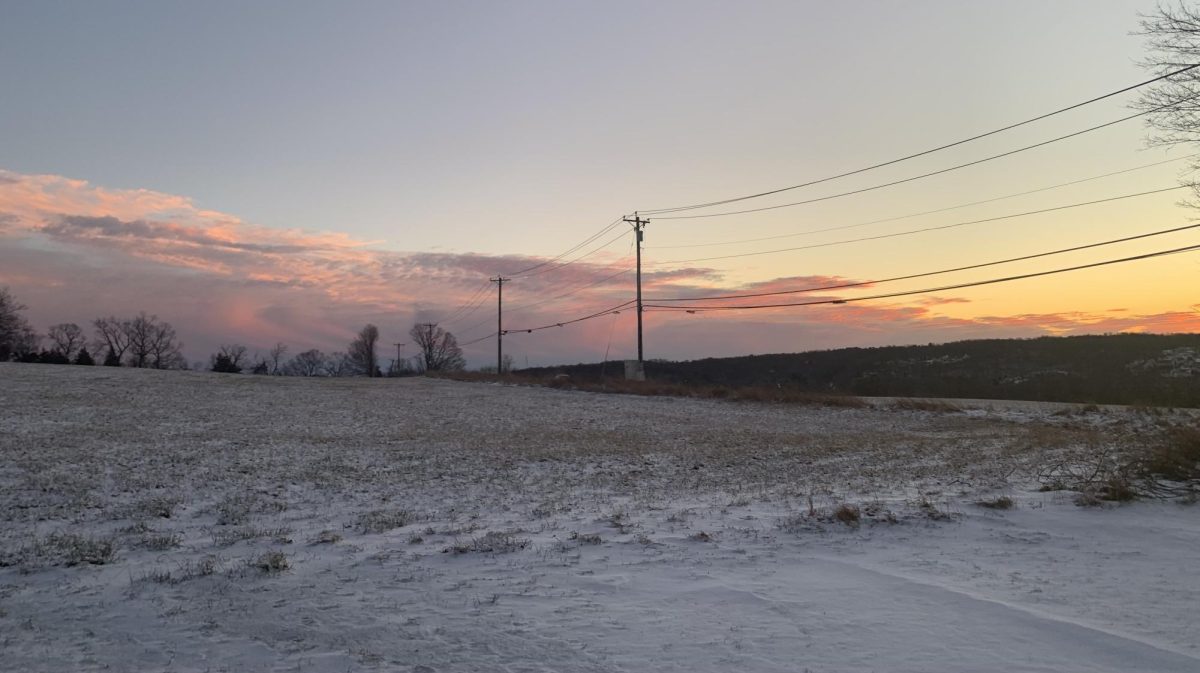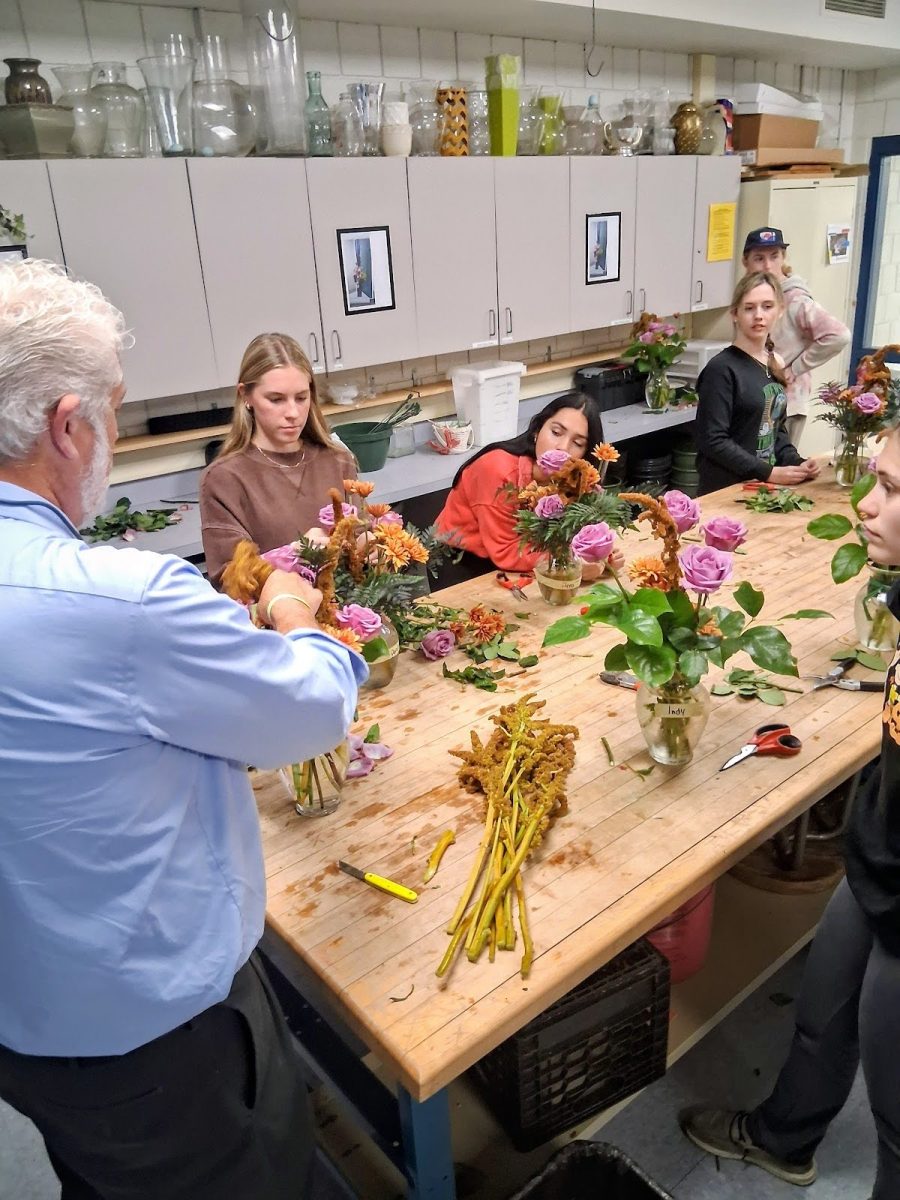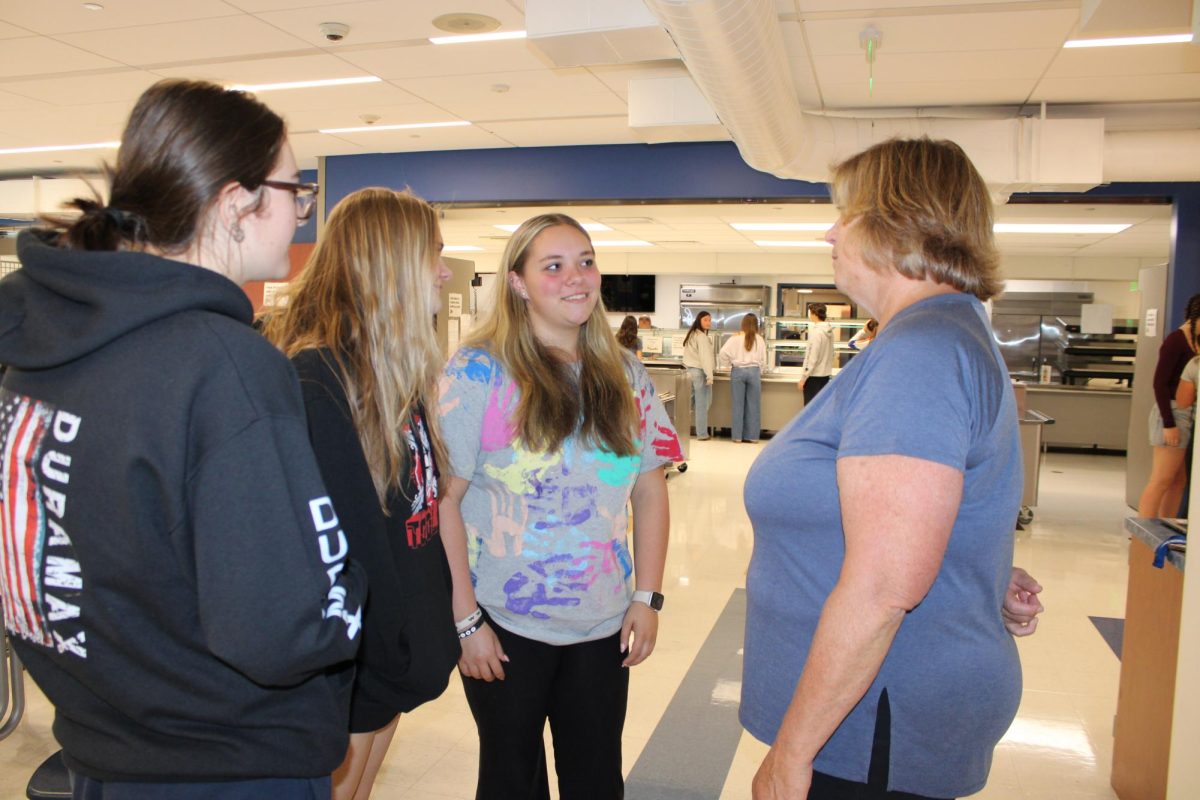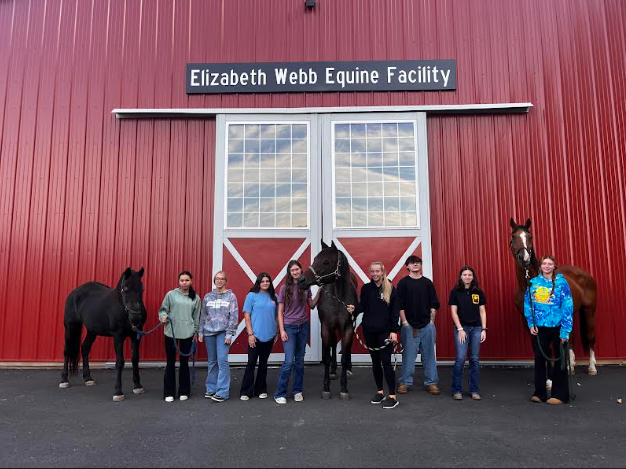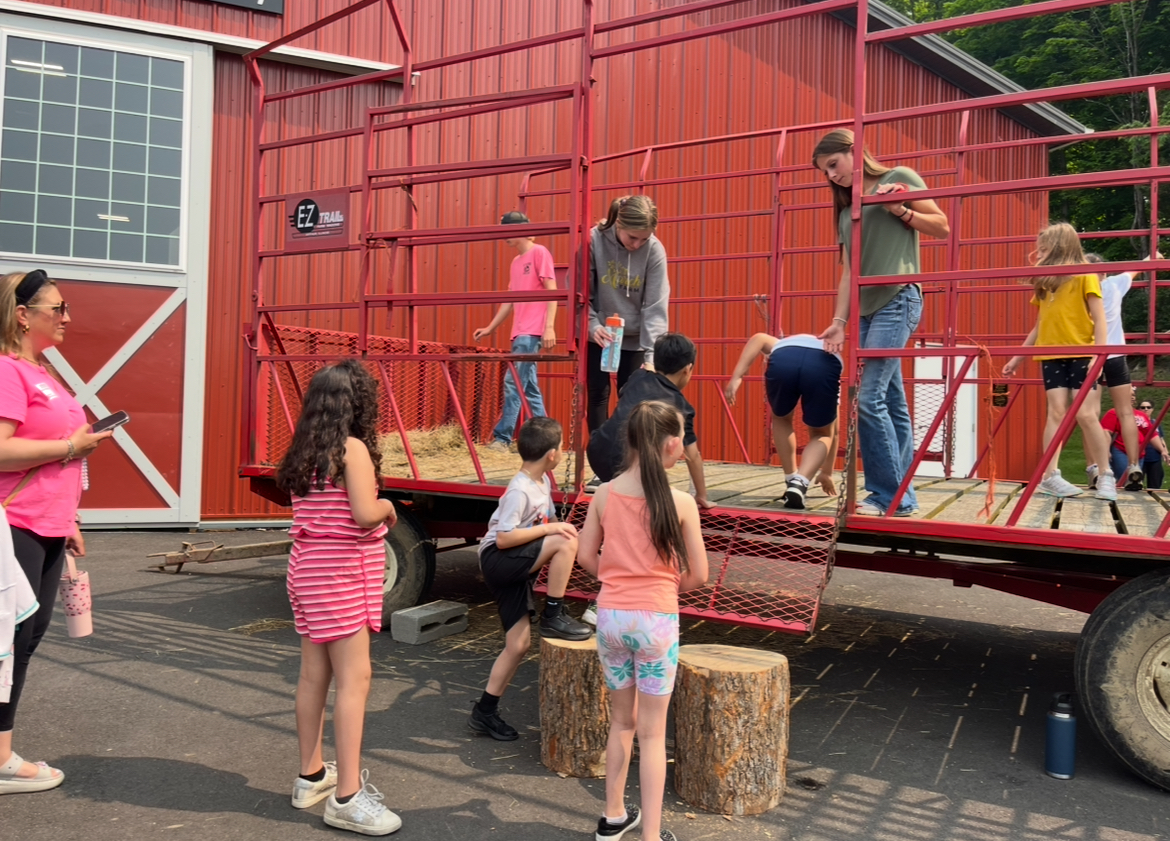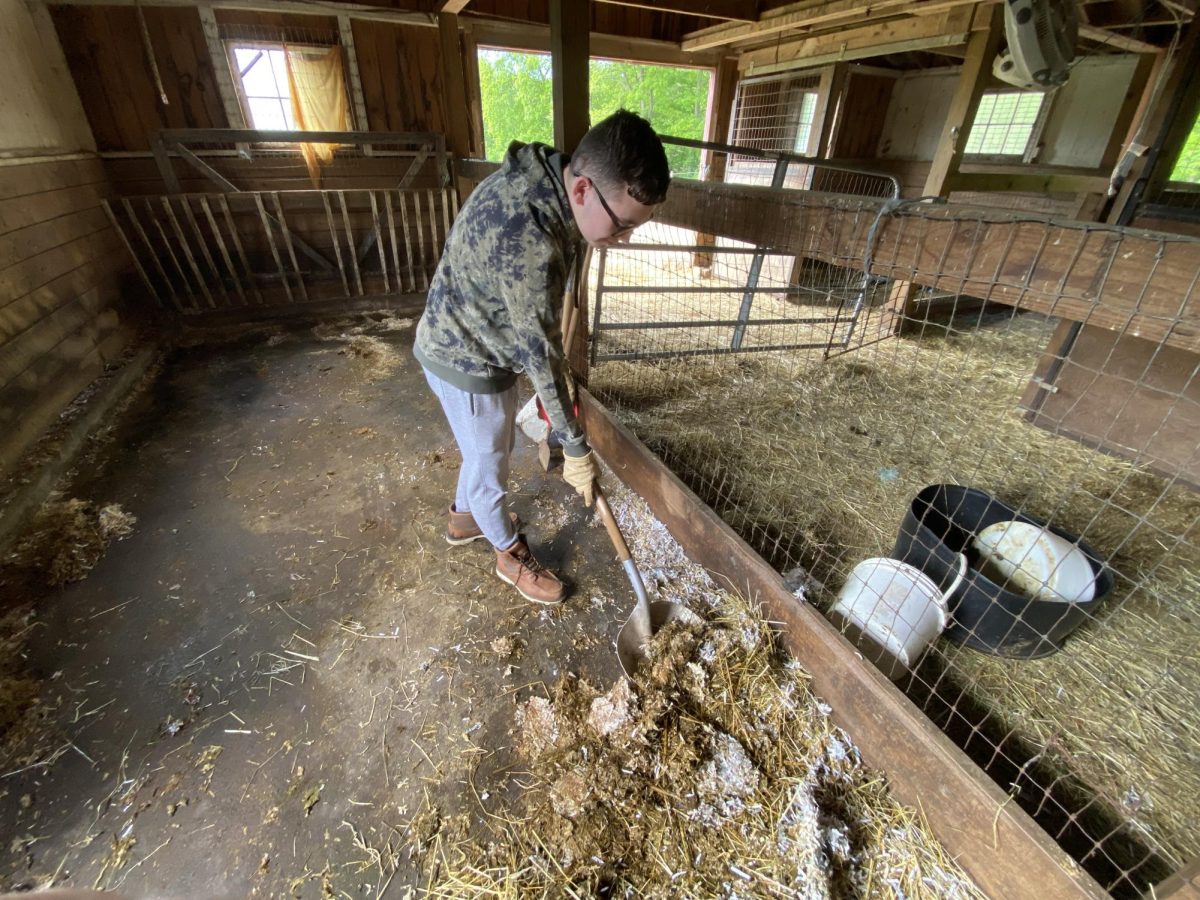WOODBURY — As the summer sun shines, it’s more than just crops that are growing. For Nonnewaug agriscience students immersed in their summer jobs, it’s a season full of opportunities and hard-earned paychecks. Students spend their summer working in various agriscience-related careers, like nursery workers, farming, landscaping and others.
Making the most of the sunny days and warm weather, ag students gain work hours for what is called the Supervised Agricultural Experience. Although, as the seasons shift, so does their fortune.
“All jobs in ag are seasonal according to what is being done and customer demands for each season are different,” said Jennifer Jedd, SAE advisor at Nonnewaug. “For the amount of students who do not work for certain seasons or their hours diminish during winter or during non-holiday times, I would estimate around two-thirds of students have some sort of fluctuation, maybe more.”
As the season sits in the middle of winter’s grasp, the same students face a harsh reality: joblessness due to the winter season. The arrival of winter often brings layoffs and job scarcity. There’s no grass to mow, no hay to harvest and no vegetables to sell at the farm stand. Everything is quieter now and the students are feeling the pinch of cold — not just on their skin, but in their pockets, too.
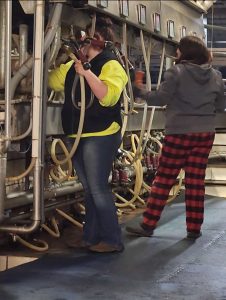
“I’m not making as much money in winter from landscaping,” said Kevin Comerford, senior in the agriscience program. “The income is only coming from my other job.”
For many NHS agriscience students, SAE positions are more than just an opportunity to earn experience as these SAEs provide key income.
“I have no work to do in the winter; nothing grows in winter,” says Comerford, whose SAE is a landscaping job where he mows lawns, prunes bushes, and more seasonal work.
What tends to be the most difficult for students with seasonal ag jobs is not making enough money during the winter to fund their lives. Not getting that income that students need can be a struggle, especially for high school students having to worry about paying for fuel, insurance, food, and other daily necessities.
“Jobs are a lot harder to find. There are few opportunities with camps since school is on most of the time, people are spending less time outside, there is little landscaping, tree work, nursery work,” said Jedd. “Even work for florists goes down a bit because winter weddings are less popular. The thing that a lot of students forget about is the fact that many landscapers do plowing in the winter and they are in need of snow shovelers.”
Even then, with companies in need of snow plowers and shovelers, the snow is not guaranteed to these workers. Two hundred hours per school year is a requirement for ag students. Without a reliable job that will give students hours even in the winter, some students struggle meeting the benchmarks.
“I’ve been working a lot less hours than I usually get during the summer,” said Shanyn Hardisty, senior in ag who shows dairy cows in a 4H group where she volunteers. “I was working about 40 or more hours a week; now I think I’m working around 10. I’m no longer working at fairs, so I’m not making an income anymore; I’ve just been helping out at the farm lately.”
Hardisty isn’t alone in the seasonal pain that comes with the disappearance of seasonal SAE positions.
“I got laid off from two of my SAEs for the winter,” said Chloe Walsh, junior at Nonnewaug, “one being a Dahlia breeder since they’re a type of flower that doesn’t grow past the first snowfall, and the other being the farm stand because it’s only able to be open seasonally.”
Walsh juggles four jobs during the summer, working with a florist, Dahlia breeder, tending to a farm stand, and working at a horse barn.
“It was really important for me to be able to have four jobs in order to carry the weight of having multiple seasonal ones,” said Walsh. “Originally it was hard for me to get hours. Luckily I had availability at my horse barn, so I was able to work.”
With spring just months away, students can transition for the welcome return of outdoor work.
“It is much harder, but now is the time to be making a plan for summer so that come March,” said Jedd, “students are ready to start applying because businesses want to hire before their season picks up so you are ready.”



